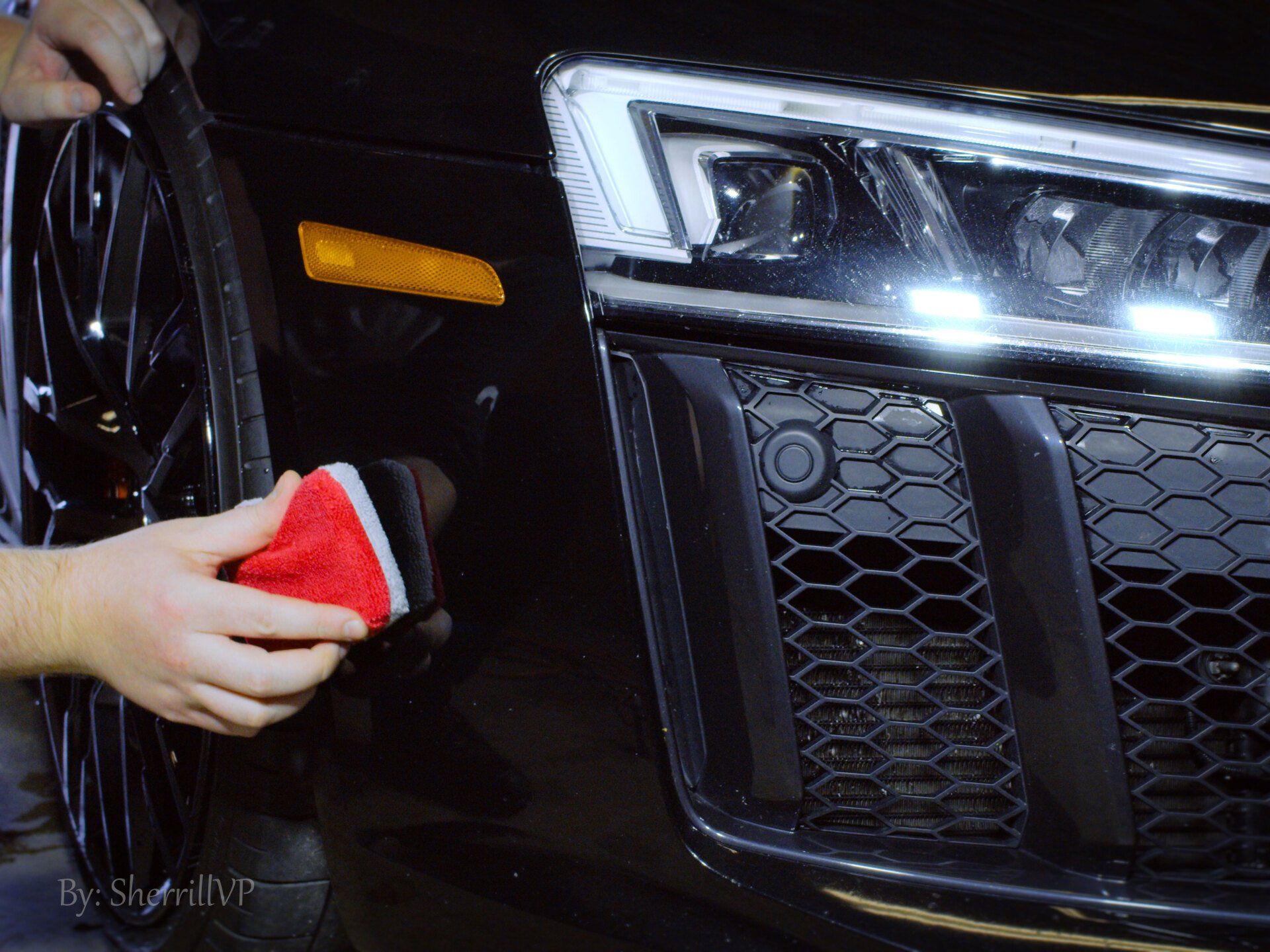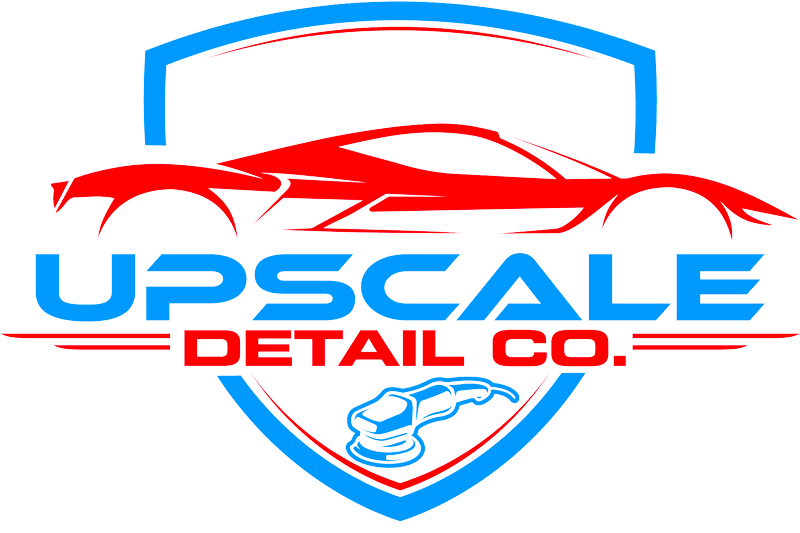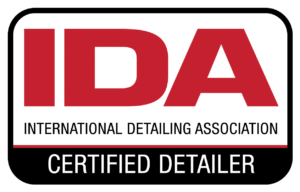Ceramic coatings have become incredibly popular among car enthusiasts and everyday drivers looking to protect their vehicles. But with popularity comes a lot of common ceramic myths that can set unrealistic expectations and lead to disappointment down the road.
If you've been researching ceramic coatings, you've probably heard some pretty wild claims. Things like "never wash your car again" or "completely mark-proof protection" sound amazing, but they're just not true. Let's clear up the confusion and talk about what ceramic coatings actually do – and what they don't do.
Myth 1: Ceramic Coatings Make Your Car Completely Mark-Proof
This is probably the biggest myth out there, and it's caused more disappointment than any other misconception.
The truth? Ceramic coatings provide excellent protection against light marks and swirl marks from regular washing, but they're not bulletproof. Think of it more like adding a protective layer that makes your paint more resistant to damage, not immune to it.
A quality ceramic coating will help prevent those annoying swirl marks you get from automatic car washes or improper drying techniques. It'll also protect against light marks. from branches or shopping cart bumps. But if someone keys your car or you scrape against a concrete wall, you're still going to see damage.
The coating adds hardness to your paint surface – usually around 9H on the pencil hardness scale – but that doesn't mean it's indestructible. It just means it takes more force to mark through compared to unprotected paint.
Myth 2: You'll Never Need to Wash Your Car Again
This one makes us laugh every time we hear it. Some people genuinely believe that ceramic coatings create some kind of magical self-cleaning surface that never gets dirty.
What actually happens is that ceramic coatings make your car much easier to clean. The hydrophobic properties cause water to bead up and roll off, taking dirt and grime with it. But your car will still get dirty, especially if you're driving around Columbus or Phenix City during pollen season.
The coating does make washing faster and more effective. Dirt doesn't bond as strongly to the surface, so a simple rinse might remove what would normally require scrubbing. But regular maintenance washing is still absolutely necessary to keep your car looking its best and to maintain the coating's performance.

Myth 3: Ceramic Coatings Last Forever
Another big misconception is that once you get a ceramic coating applied, you're set for life. While ceramic coatings do last much longer than traditional waxes or sealants, they're not permanent.
Most quality ceramic coatings last 2-5 years, depending on the product, application quality, and how well you maintain them. Some professional-grade coatings can last up to 7-10 years with proper care, but even these will eventually wear down from UV exposure, washing, and general use.
The durability is impressive compared to wax (which lasts 2-3 months) or paint sealants (6-12 months), but it's not infinite. Environmental factors like acid rain, bird droppings, and road salt all gradually break down the coating over time.
Myth 4: All Ceramic Coatings Are the Same
This myth can lead to some pretty disappointing results. There's a huge difference between a $20 bottle of "ceramic coating" from the auto parts store and a professional-grade coating applied by experienced technicians.
Professional ceramic coatings like those used in ceramic coating services in Columbus, GA, typically contain higher concentrations of silicon dioxide and other protective compounds. They also require proper surface preparation, including paint correction if needed, and precise application techniques.
Consumer-grade products might provide some protection, but they won't perform anywhere near the level of professional coatings. The preparation process alone makes a massive difference in how well the coating bonds and how long it lasts.
Myth 5: Ceramic Coatings Eliminate the Need for Paint Protection Film
Some people think ceramic coatings provide the same level of protection as paint protection film (PPF), but these products serve different purposes.
Ceramic coatings excel at chemical protection, UV resistance, and making your car easier to clean. They provide a hard, glossy surface that resists minor marks and environmental contamination.
PPF is better for physical impact protection like rock chips, deeper marks, and scuffs. It's a thicker, more flexible material designed to absorb and distribute impact energy.
Many car owners actually use both products together - PPF on high-impact areas like the front bumper and hood, with ceramic coating over the entire vehicle for comprehensive protection.

What Ceramic Coatings Actually Do
Now that we've busted some common ceramic myths, let's talk about what these coatings actually accomplish:
Enhanced gloss and depth—Quality ceramic coatings create an incredibly smooth, reflective surface that makes your paint look deeper and more vibrant.
Chemical resistance—They protect against acid rain, bird droppings, tree sap, and other environmental contaminants that can etch or stain your paint.
UV protection—Ceramic coatings help prevent paint fading and oxidation from sun exposure.
Easier maintenance—The hydrophobic properties make washing faster and more effective while reducing water spotting.
Longevity—With proper care, you won't need to reapply protection for several years.
Realistic Maintenance Expectations
Even with a ceramic coating, your car needs regular care to look its best and maintain the coating's performance.
Regular washing is still required, though it'll be easier and faster. Aim for washing every 2-3 weeks, or more frequently if your car gets heavily soiled.
Avoid automatic car washes with brushes, as these can cause micro-marks even on coated surfaces. Touchless washes or hand washing are better options.
Annual inspections help catch any issues early. Some coating manufacturers recommend yearly maintenance applications to refresh the hydrophobic properties.
Professional vs. DIY Application
While some DIY ceramic coating products exist, professional application typically provides better results and longevity. Proper surface preparation is crucial for coating adhesion and performance.
At Upscale Detail Co, we see the difference proper prep work makes every day. This includes thorough decontamination, paint correction if needed, and precise application in controlled conditions.
Schedule Your Ceramic Coating Service Today
Understanding the reality behind common ceramic myths helps set proper expectations for this excellent paint protection technology. While ceramic coatings won't make your car invincible or maintenance-free, they do provide outstanding protection and make car care much easier when applied and maintained correctly.
The key is working with experienced professionals who can explain exactly what to expect and provide proper installation for maximum performance and longevity.
Ready to protect your vehicle with a quality ceramic coating based on realistic expectations? Contact us today to discuss which ceramic coating option best fits your needs and lifestyle, without the marketing hype.
Frequently Asked Questions
Q: How often should I wash my car after ceramic coating?
A: You should still wash your ceramic-coated car every 2-3 weeks under normal conditions. The coating makes washing easier and more effective, but regular cleaning is necessary to maintain the coating's performance and your car's appearance.
Q: Can I apply ceramic coating over swirl marks?
A: It's not recommended to apply ceramic coating over existing paint defects. The coating will lock in imperfections and may not bond properly. Paint correction should be performed before coating application for best results.
Q: Will ceramic coating protect against rock chips?
A: Ceramic coatings provide minimal protection against rock chips and impact damage. For that type of protection, paint protection film (PPF) is much more effective. Many people combine both products for comprehensive protection.
Q: How do I know when my ceramic coating needs to be reapplied?
A: Signs include reduced water beading, increased difficulty cleaning, loss of gloss, and water spots that won't come off easily. Most coatings need refreshing or reapplication every 2-5 years, depending on the product quality and maintenance.
Q: Can I wax over ceramic coating?
A: Traditional waxes aren't necessary over ceramic coatings and may actually interfere with the coating's performance. Some manufacturers offer specific maintenance products designed to work with their coatings, but regular wax isn't recommended.


